+86 183 02053458
Automobile Industry
Automobile industry environment reliability test explain
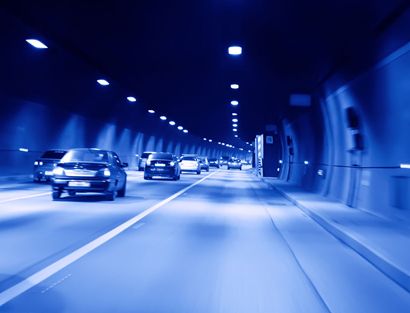
Automobile Industry
Automobile is a complex product composed of thousands of electronic parts. The service environment of its products will affect the durability and operation performance of electronic equipment and units. The driving process of the vehicle is a very complex environment, including temperature, humidity, solar radiation, sand dust, rain, vibration, collision, impact, battery voltage fluctuation, etc. The purpose of the vehicle environmental reliability test is to expose the defects of all aspects of the trial products in the development stage and evaluate the vehicle reliability reaching the predetermined indicators; Provide information for monitoring the production process in the production stage; Carry out reliability appraisal or acceptance of finalized products; Expose and analyze the failure rules, failure modes and failure mechanisms of vehicles under different environments and stress conditions; In order to improve vehicle reliability, formulate and improve reliability test scheme and provide basis for users to select products.
Test Object and Test Items
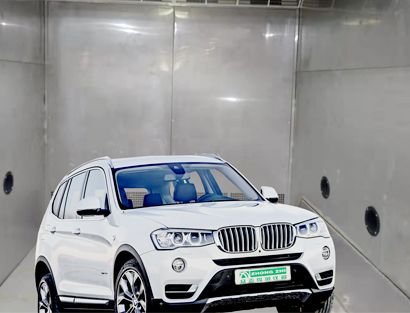
Vehicle Inspection
Vehicle environmental adaptability test
High temperature test: thermal aging may cause insulation failure; Soften, melt and damage the structure; The viscosity is reduced and evaporated, so that the lubrication performance is reduced, the object expands and deforms, the internal mechanical stress is increased, and the wear of moving parts is intensified;
High cold test: viscosity increases and solidifies, reducing lubrication performance; Icing, deterioration of electrical or mechanical properties; Embrittlement, which reduces the mechanical strength and leads to fracture or fracture; The object shrinks and damages the structure;
Temperature shock: sudden temperature stress produces extremely uneven expansion and contraction, which is easy to cause deterioration of electrical and mechanical properties;
Moisture / corrosion test: it can expand and crack the product. Corrosion and electric corrosion caused by chemical reaction, reduce mechanical strength, affect function, reduce electrical performance, reduce insulation, etc;
Low pressure / plateau test: the dielectric strength of the air is reduced, resulting in insulation breakdown, flying isolation, corona, etc. For the sealing structure, expansion occurs, resulting in structural damage, oil leakage, air leakage, etc;
Salt spray test: cause chemical reaction to produce corrosion and electric corrosion, and deteriorate mechanical strength and electrical performance;
Sand dust test: aggravate wear and block mechanical moving parts and electrical paths;
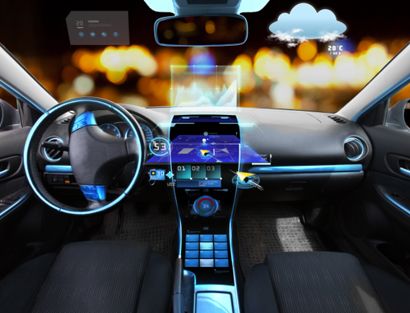
Automotive Electronics
IC for locomotive: – 40 ℃ ~ 125 ℃, wind blowing, sun exposure, high vibration test / three comprehensive tests of temperature, humidity and vibration;
Instrument panel operation test: - 40 ℃ ~ 85 ℃ high and low temperature test;
Motor controller: test conditions / operation test temperature -40 ℃ ~ 110 ℃ / alternating damp heat test;
Vehicle bluetooth headset: test conditions / storage test temperature: - 40 ℃ ~ + 85 ℃, operation test temperature - 20 ℃ ~ + 65 ℃ / alternating damp heat test;
Satellite positioning (GPS): test conditions / high temperature operation test temperature: 85 ℃ low temperature operation test temperature: - 40 ℃ normal temperature 70 ℃ (2H) → - 20 ℃ (2H) normal temperature / alternating damp heat test chamber;
Tire pressure sensor: high temperature operation test temperature: 125 ℃; low temperature operation test temperature: - 40 ℃ / alternating damp heat test;
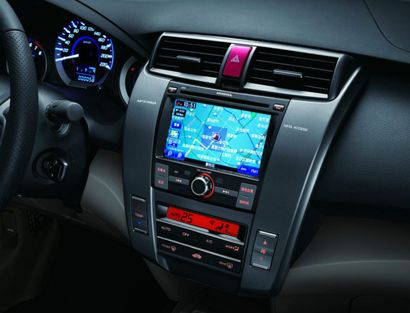
Satellite Positioning (GPS)
Low temperature operation test: - 40 ℃ → normal temperature → 70 ℃ (2 hours) → - 20 ℃ (2 hours) → normal temperature;
High temperature operation test: 85 ℃.
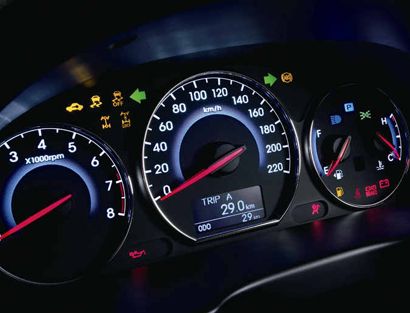
Lamp, Instrument Panel
R.T.(1H)→RAMP(2H)→65℃/90±5%(4H)→RAMP(2H)→40℃/90±5%R.H.(10H)→RAMP(2H)→-30℃(2H)RAMP(1H)→R.T.(1H)
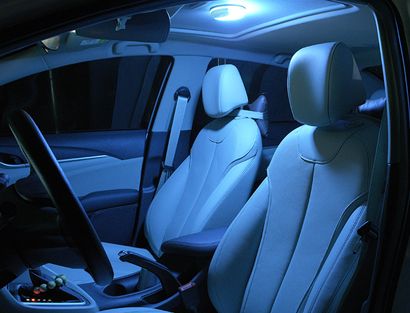
Indoor Lamp
High temperature test: store at 110 ℃ for 6h;
High temperature operation: 70 ℃/13.2v lighting, continuous 12h;
Comprehensive environmental test of temperature, humidity and vibration: compound vibration: -40 ℃~80 ℃, 4.4g, amplitude 2mm, frequency 33.3hz, up and down vibration 4H .
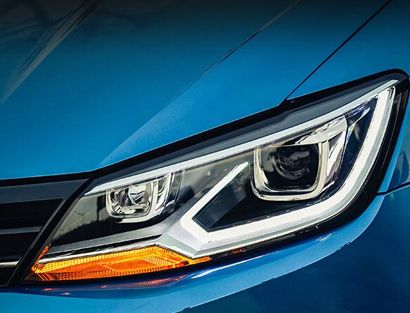
Exterior Lamp Operation Test
Test 1 Compound operation of exterior lamps: R.T.(2H)→RAMP(1H)→80℃(2H)→RAMP(2H) →-30℃(2H)→RAMP(1H)→R.T(2H)
Test 2 Amplitude 2mm, frequency 33.3hz, acceleration 4.4g
Test 3 Exterior lamp temperature cycle: R.T.(2H)→RAMP(45min)→-30℃(2H) →RAMP(1.5H)→80℃(3H)→RAMP(45min)
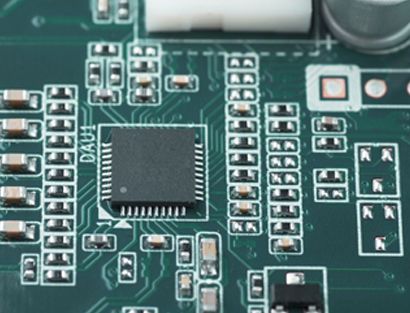
Vehicle IC
Meet the specification requirements of AEC Q100&Q101;
Working life, temperature, humidity and bias voltage, such as HAST & H3TRB high temperature and high humidity reverse bias aging system, double 85 test, temperature cycle, etc;
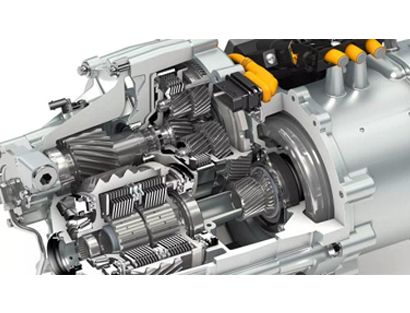
Motor and Controller
+40 ℃/95%R.H for 48 hours, test the insulation resistance between the motor and the controller;
Stable at -20 ℃ for 30min, power on and check whether the motor operates normally for 4H;
The insulation resistance shall be subject to damp heat test in accordance with the provisions of GB/T12665.
Partners
Tel.: +86 0769 8880 8158
Mobile/What's App/WeChat: +86 183 02053458
Email: jane@dgzhongzhi.com
Add.: No. 417, Shatian Section, Port Road, Shatian Town, Dongguan City, Guangdong Province, 523981, China.
Request a Quote